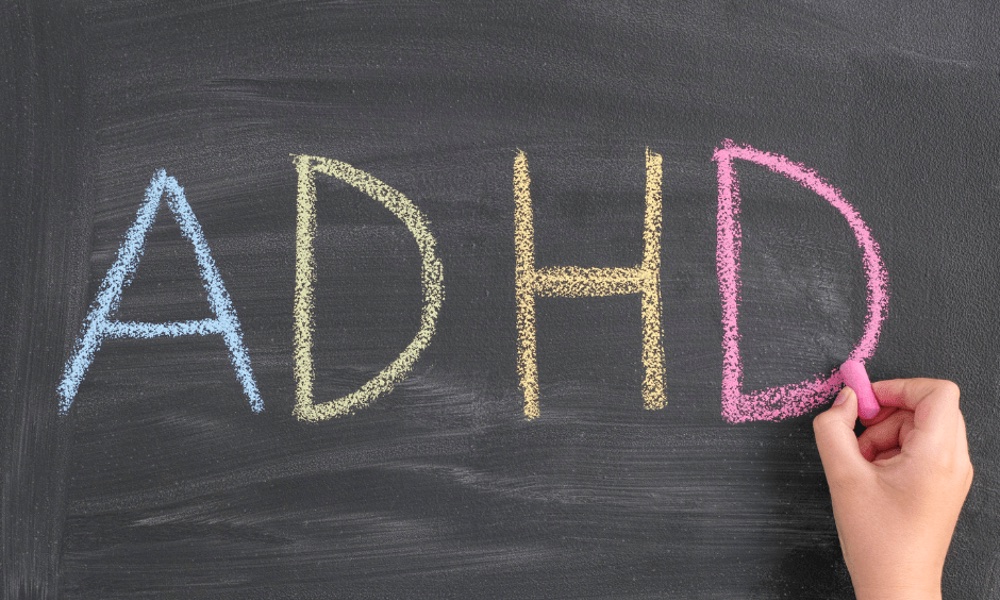Marijuana use is now legal in many states, and recreational use of cannabis is growing. But we’ve not been quite sure how and where these changes are occurring. Most measures of its use do not track changes in individuals’ use, covering instead broad changes in the prevalence of cannabis use in large populations, usually at the state level.
We have a new window into how cannabis use among individuals has changed following legalization, thanks to a recent study by researchers at the University of California San Diego. The findings suggest that more people were likely to begin using cannabis once it became legal, including those under 21, who are too young to legally purchase recreational cannabis.
These findings should raise red flags among policymakers and public health officials because cannabis use by teens can have serious health consequences, said the researchers. “Our findings provide useful information to policymakers and public health practitioners interested in understanding the consequences of legalizing recreational cannabis,” principal investigator Yuyan Shi, an associate professor at the Herbert Wertheim School of Public Health and Human Longevity Science at UC San Diego, said in a statement.The health outcomes associated with teens’ marijuana use include impaired respiratory function, increased risk of cardiovascular disease and poorer mental health.
It is particularly concerning that cannabis use increased among adolescents, she said. The health outcomes associated with teens’ marijuana use include impaired respiratory function, increased risk of cardiovascular disease and poorer mental health. The work is based on data from almost 22, 000 participants in Population Assessment of Tobacco and Health (PATH), a longitudinal cohort of Americans 12 years old and older. PATH primarily collected information about tobacco use and related health outcomes, but questions about cannabis use were added to later stages of the study.
People younger than 20 were more likely to become cannabis users if they lived in a state that recently legalized recreational cannabis, compared to those who lived in states where cannabis was illegal or where it was legal only for medical use.
People over 20 were more likely to become cannabis users or weekly users if they lived in a state that recently legalized recreational cannabis. And they were less likely to be non-users than adults in states where all cannabis use was illegal.
How the various states’ recreational cannabis laws affect residents’ marijuana use is a topic for research in the future. “Recent research has highlighted the importance of accounting for cannabis law heterogeneity,” the researchers write, warning that differences in recreational cannabis laws may limit the generalizability of their findings to early adopters of recreational cannabis such as Colorado and Washington and later adopters such as Connecticut, New Mexico and New York.
The ways we ingest cannabis have changed, and this could affect the number of users, too. Edibles and vaping cannabis have become far more widespread since the legalization of recreational cannabis, for example, yet the questions in PATH about cannabis use are very general. The researchers hope further studies trying to measure its use will take into account the different ways people consume the weed.





